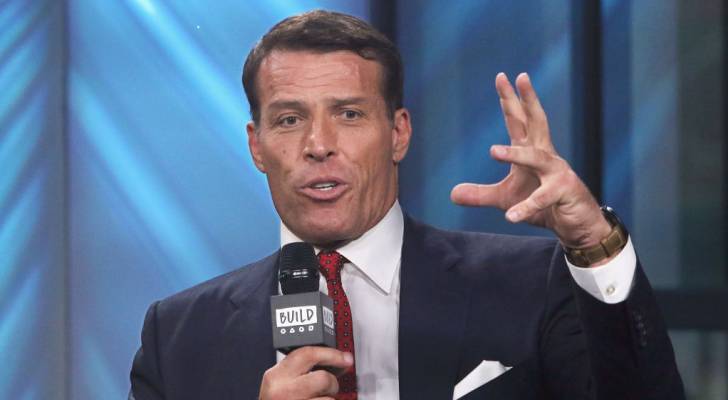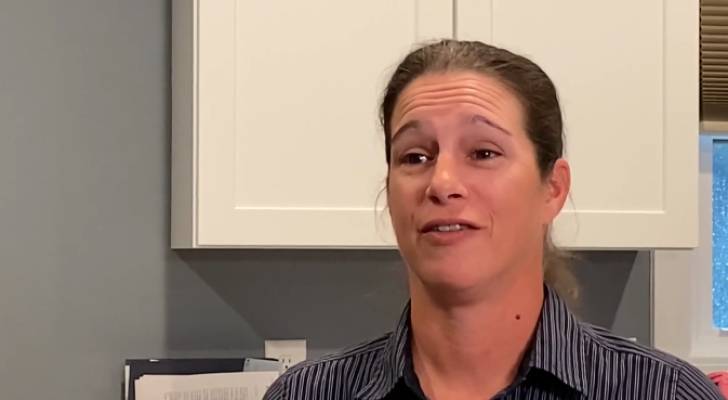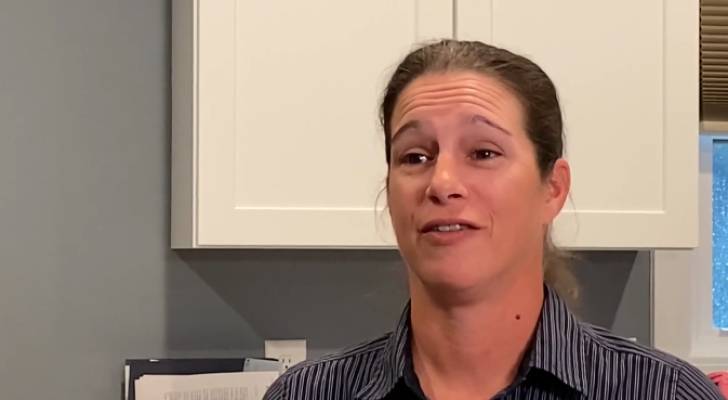‘$1M? That’s it?! No, thank you’: Ramit Sethi calls out the worst financial advice he’s ever received, challenging the retirement advice most Americans still follow


We adhere to strict standards of editorial integrity to help you make decisions with confidence. Some or all links contained within this article are paid links. It’s the advice you hear passed around like a family recipe: Work hard, save consistently, and one day you’ll retire comfortably. But what if this so-called tried-and-true advice is […]
Jerome Powell quietly warned Americans there would be places in the US where you ‘can’t get a mortgage’ — and he’s not wrong. Here’s why and what to do if you’re part of this unlucky group


We adhere to strict standards of editorial integrity to help you make decisions with confidence. Some or all links contained within this article are paid links. Months after wildfires in California displaced thousands of residents and spurred a massive housing crisis in Los Angeles County, the ongoing impact points to a larger — and unquestionably […]
From emergency savings to dream vacations to lifestyle inflating: 15 things you should — and shouldn’t do — in a recession


We adhere to strict standards of editorial integrity to help you make decisions with confidence. Some or all links contained within this article are paid links. When the economy takes a hit, unfortunately, so does your wallet. While the standard advice to save diligently, invest in your 401(k) and avoid unnecessary spending still applies, a […]
Americans aged 60 plus lost over $1.6B to crypto scams in 2023, says FBI — here’s how you can spot them and protect your retirement savings


We adhere to strict standards of editorial integrity to help you make decisions with confidence. Some or all links contained within this article are paid links. In 2023, 16,806 Americans aged 60 and older reported falling victim to scams, losing a staggering $1.6 billion. The common thread? Cryptocurrencies. Digital currency scams accounted for over 69,000 […]
Tony Robbins issues dire warning about retirement — calls on Americans to get ‘head out of the sand’ and says Social Security isn’t enough. Here’s the ‘ultimate power’ you need now


We adhere to strict standards of editorial integrity to help you make decisions with confidence. Some or all links contained within this article are paid links. America’s Social Security program is both popular and woefully underfunded. Experts have been warning that the social safety net millions of Americans rely on is on the verge of […]
‘Never give up’: This Tennessee janitor went from living in his car to driving a $3 million Bugatti — here’s how he invested his money to create wealth


We adhere to strict standards of editorial integrity to help you make decisions with confidence. Some or all links contained within this article are paid links. For anyone questioning the continued relevance of the American dream, the story of Sammy Poori serves as a powerful testament. Poori arrived in the U.S. as an Iranian refugee […]
‘What’s wrong with a credit card if you pay the balance every month?’: Tucker Carlson asked Dave Ramsey that simple question — and was blown away by the Ramsey’s answer. Here’s why


We adhere to strict standards of editorial integrity to help you make decisions with confidence. Some or all links contained within this article are paid links. Dave Ramsey is notoriously anti-debt. On several episodes of his podcast, The Ramsey Show, the financial guru has encouraged his callers to avoid nearly all forms of non-housing consumer […]
A Charlotte woman is pleading with officials after finding serious issues in brand new home — has spent $40K out of pocket, faces $300K for structural repairs. Here’s the city’s response


We adhere to strict standards of editorial integrity to help you make decisions with confidence. Some or all links contained within this article are paid links. Katherine Graff moved into a newly built home in Morganton, North Carolina in May 2023. In less than two years, her brand-new home has already cost her $40,000 for […]
A Charlotte woman is pleading with officials after finding serious issues in brand new home — has spent $40K out of pocket, faces $300K for structural repairs. Here’s the city’s response


We adhere to strict standards of editorial integrity to help you make decisions with confidence. Some or all links contained within this article are paid links. Katherine Graff moved into a newly built home in Morganton, North Carolina in May 2023. In less than two years, her brand-new home has already cost her $40,000 for […]
Here are 5 easy ways to save an extra $1,000 a month for retirement — and how it could transform your life


We adhere to strict standards of editorial integrity to help you make decisions with confidence. Some or all links contained within this article are paid links. It’s not always easy to save for retirement. After all, 60% of Americans live paycheck to paycheck per LendingClub, which means little extra is available for building a nest […]